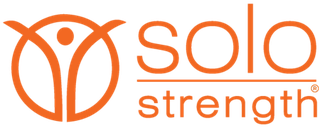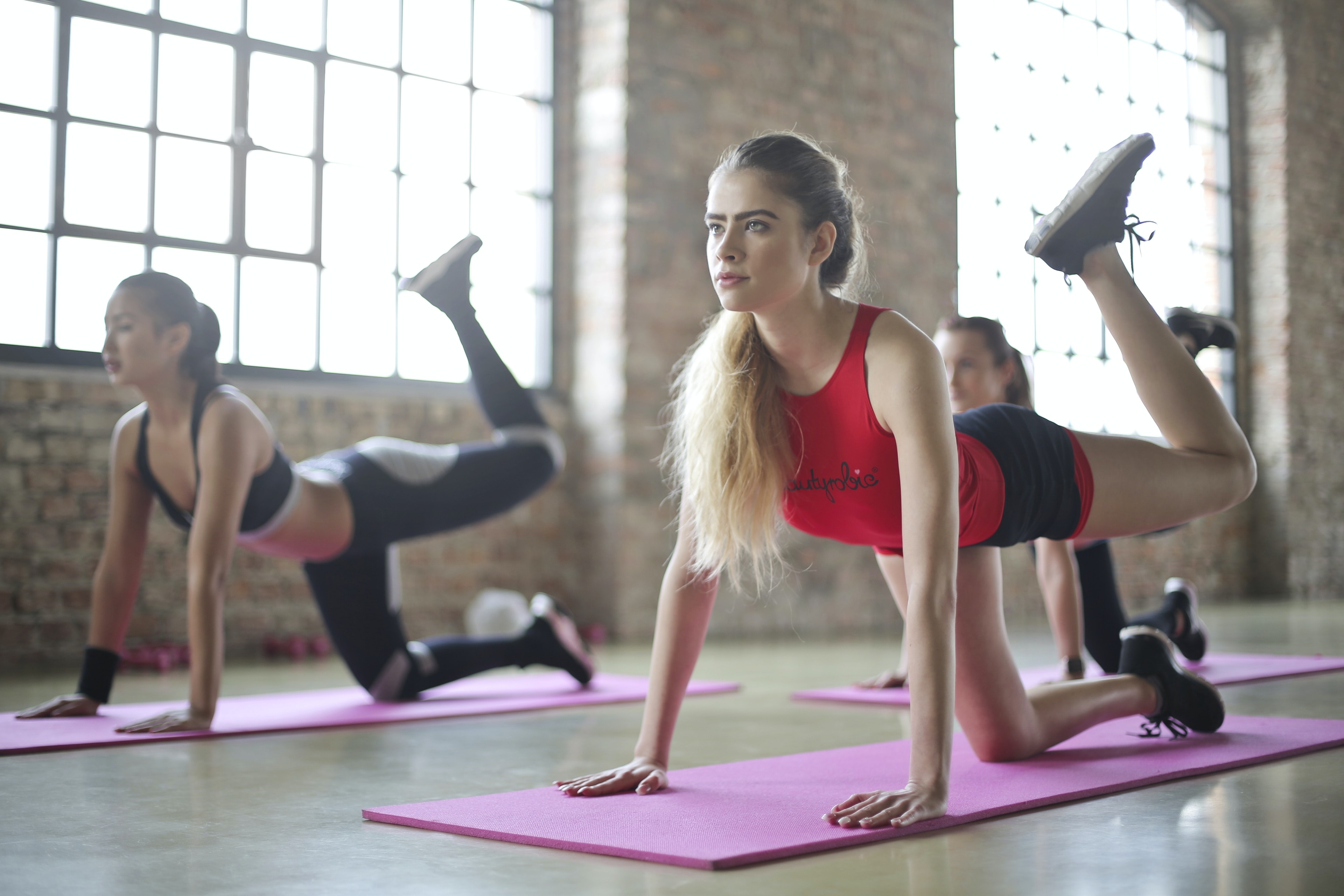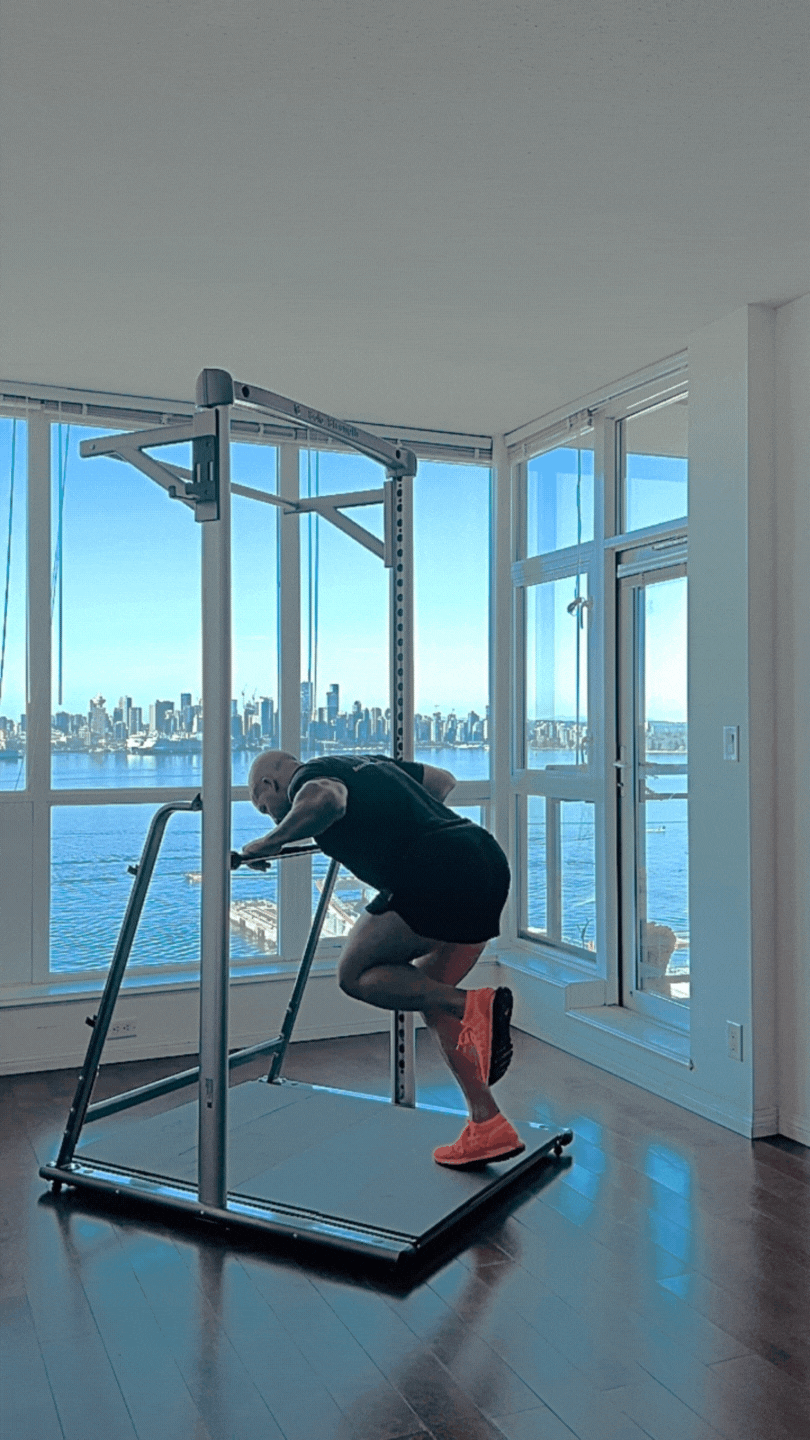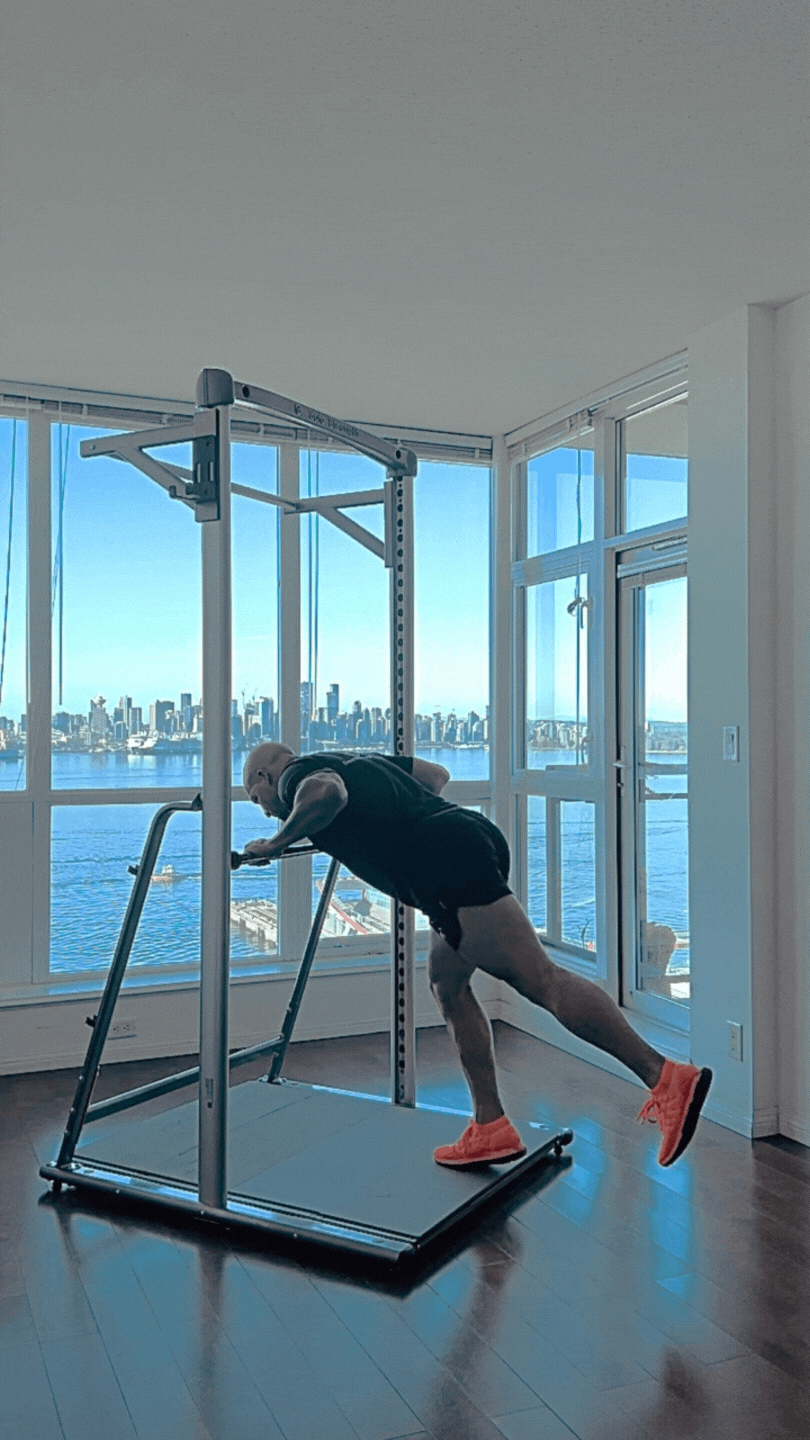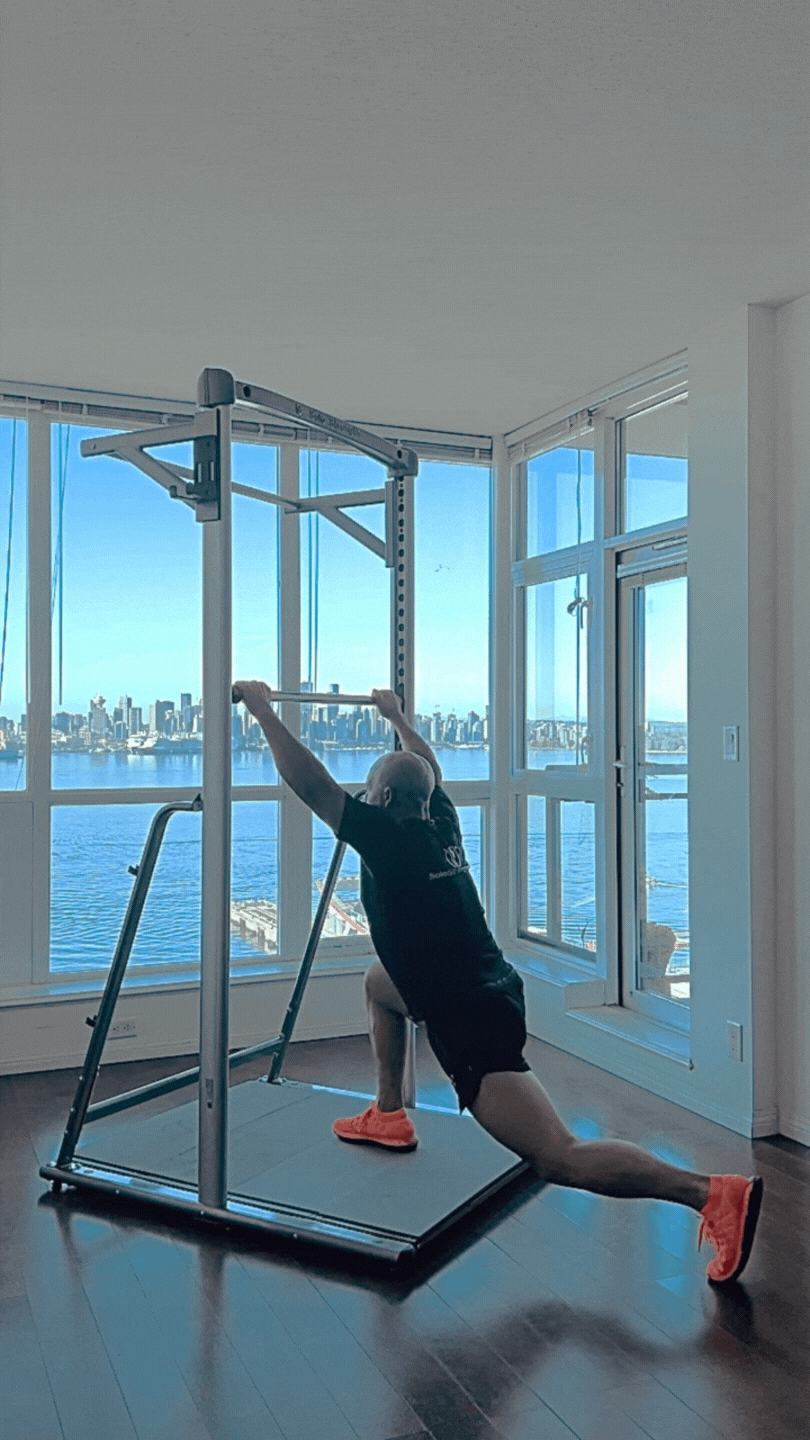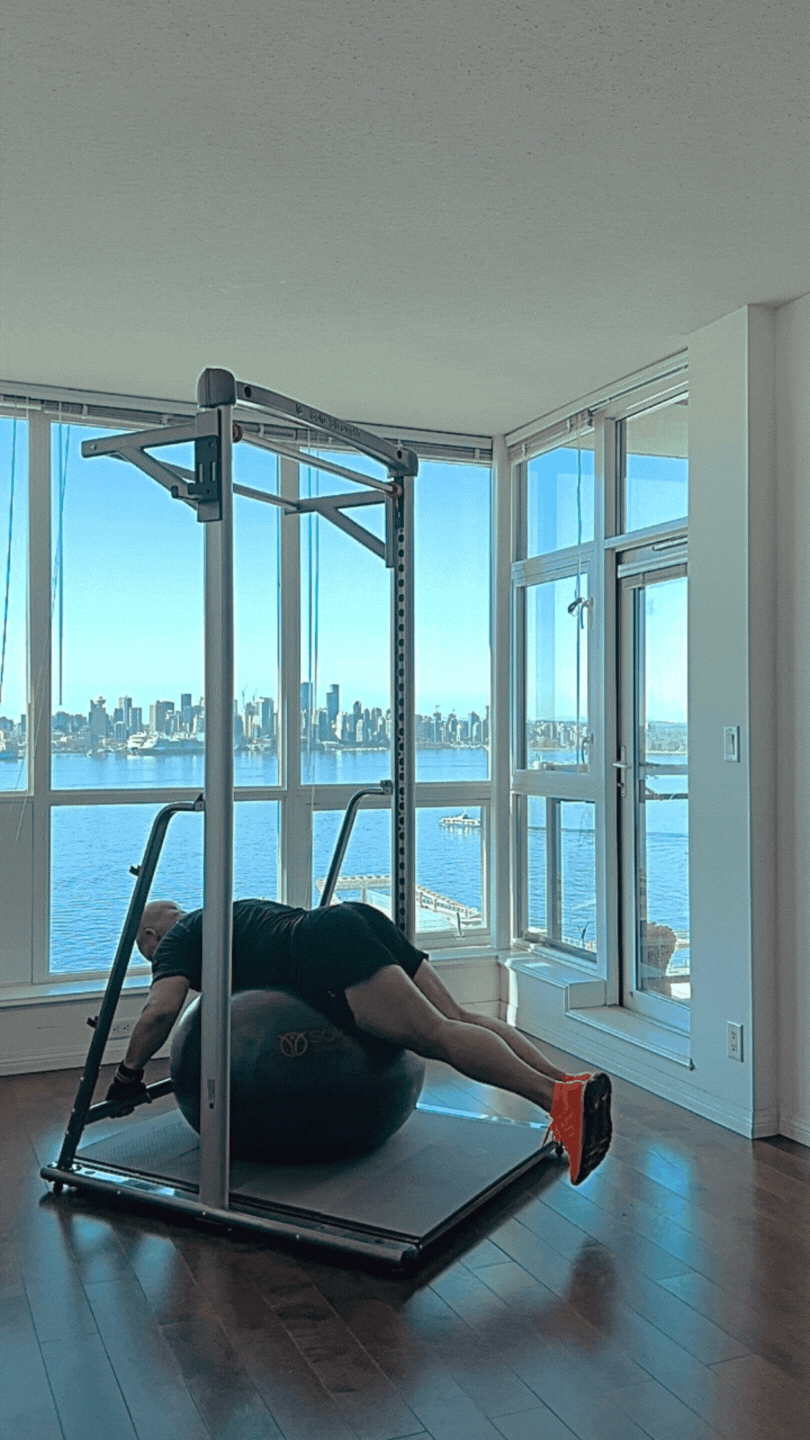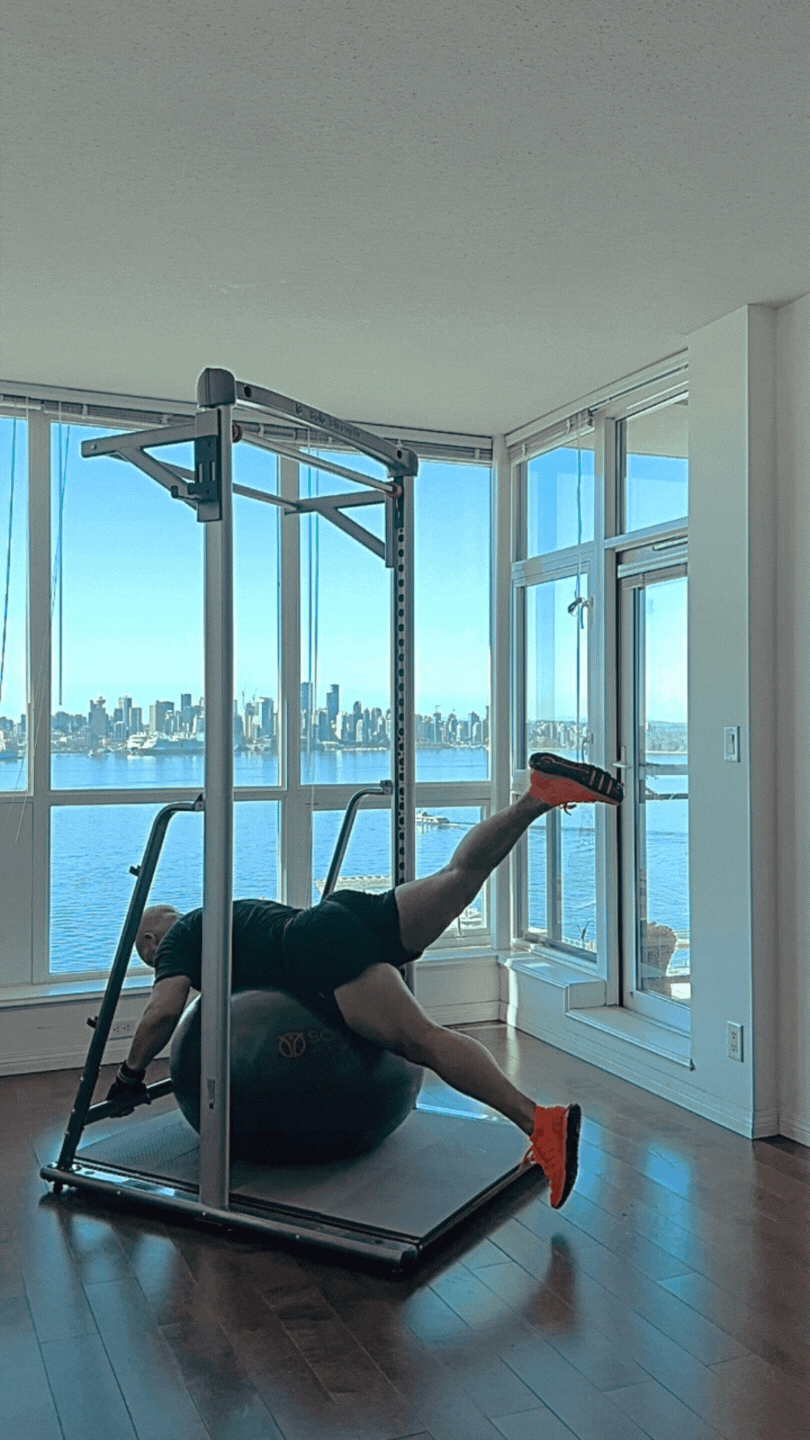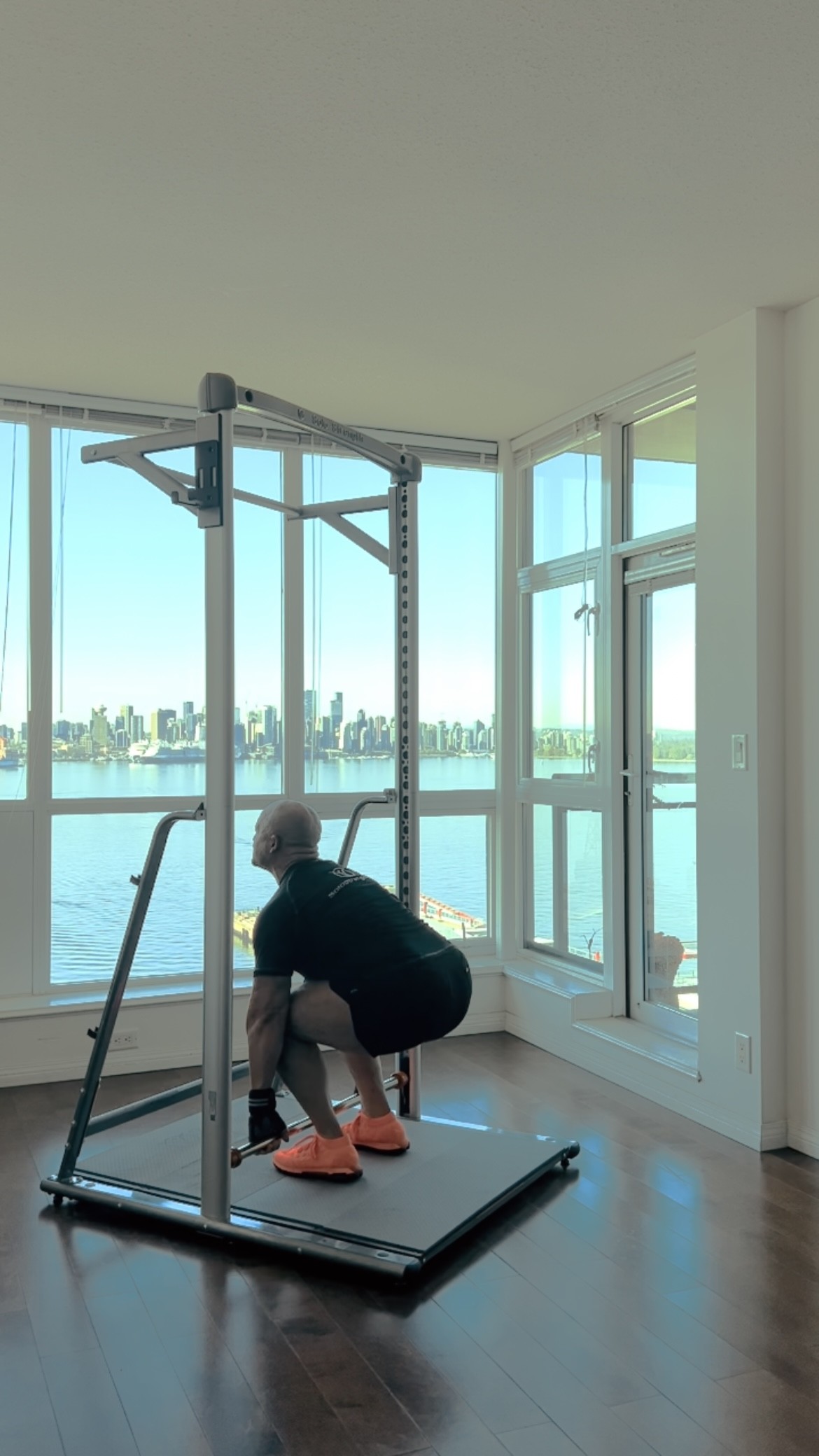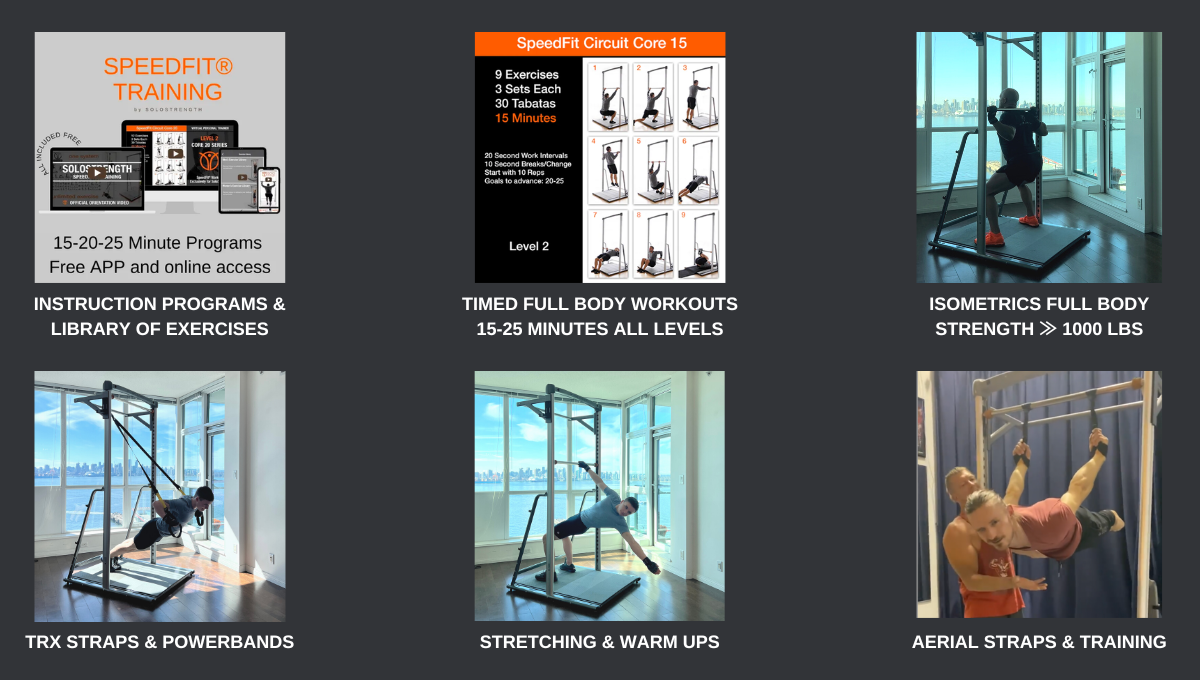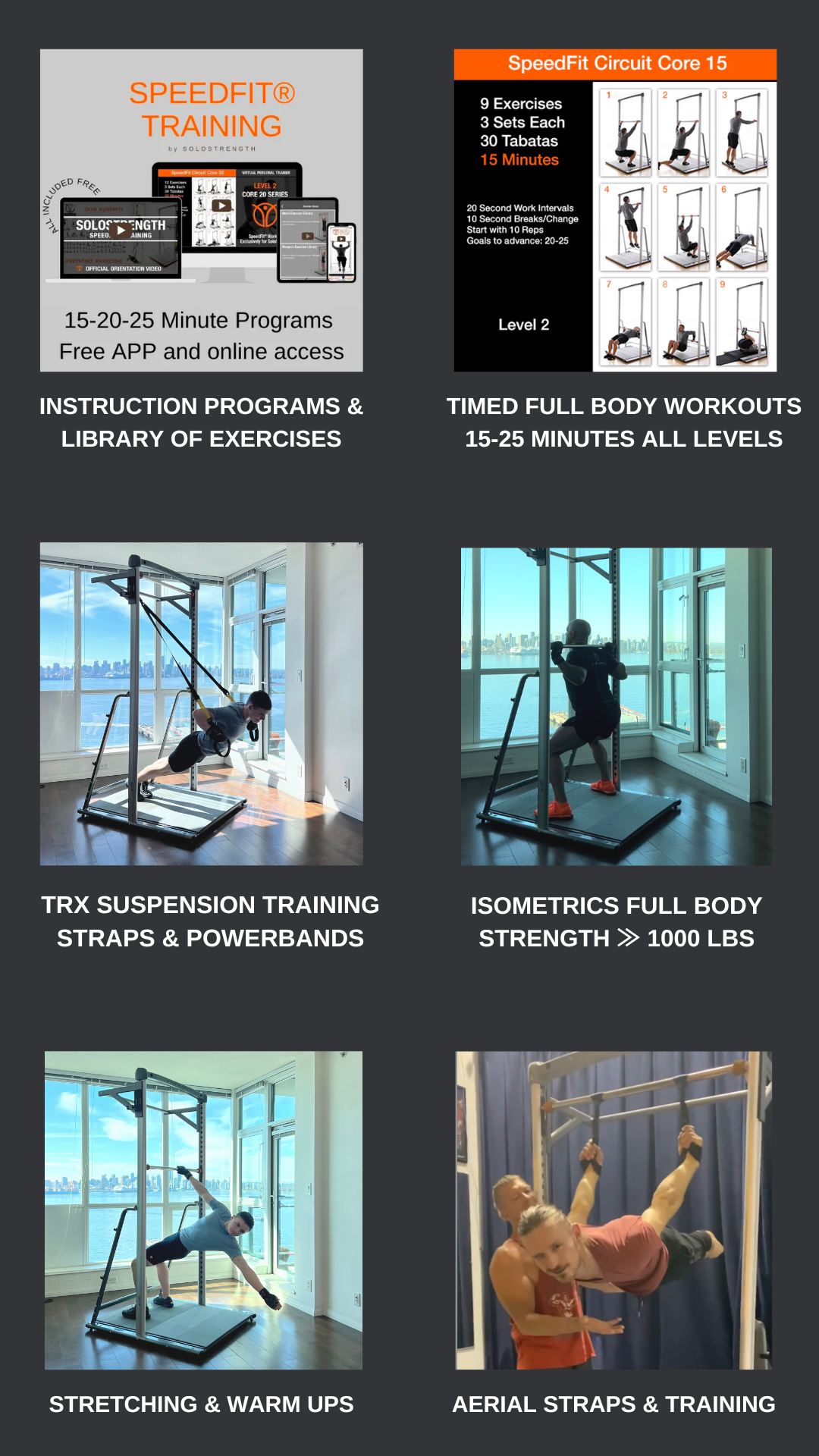9 Hamstring Exercises That You Can Do From Home
Part of the SoloStrength Body Weight Exercise Series
Introduction
SoloStrength is back with the next edition of the at-home exercise series: the Hamstrings. Often distracted while sculpting the Quads and Glutes, it’s easy to forget about these muscles. You can’t see them in the mirror and it’s commonly assumed that squatting engages them. We’ve come up with a list of exercises that can be done at home because they are not as intuitive to train as the Quads and Glutes.
The Hamstrings occupy the rear compartment of the thigh. They are made up of 3 muscles, from the middle outward: the semimembranosus, semitendinosus, and biceps femoris. They help bend the knee and straighten your hip. As with all other joints, you cannot exclusively strengthen one while ignoring the other. This is a recipe for injury. Ideally, you would want to alternate training between each pair of antagonistic muscles, at first to prevent injury but eventually to further increase your strength and efficiency of movement.
Often injured, this muscle plays a subtle but essential role in developing leg strength, joint protection, and maintaining posture.
Better quad contraction. Muscles work best when their antagonist, or opposing, muscles get stronger. Strengthening your hamstrings will therefore improve your squat, whether you notice them working or not.
Run faster, jump higher. They work in unison with the glutes and help coordinate the bending of the knee so you can move with more explosive power.
Protect the knee joint. Because they help bend the knee, they decrease the risk of hyperextending it if trained correctly.
Better posture. Hamstrings work to straighten your legs and hips, resulting in a more upright torso with less effort. You will naturally stand taller.
Decreased risk of injury. This muscle group is commonly injured when running or playing sports, usually when suddenly stopping or changing direction. The result is a pulled hamstring which can take several weeks to heal. Strengthening it will decrease that risk.
Squats aren’t enough. The hamstring, while important to maintaining form and posture during the squat, is difficult to stimulate directly. This is because they maintain roughly the same length throughout the squat movement. They, therefore, require their own set of exercises to strengthen them properly.
Good Mornings
How to do them:
Stand up straight, feet shoulder-width apart.
Bend forward at the hips as if you are bowing.
Stop at 90 degrees or wherever comfortable.
Bring your torso back up.
Keep your abs engaged, chest and knees straight to properly engage your hamstrings.
Hamstring Curls
How to do them:
Rest on your hands and knees so your back is parallel to the ground.
Extend one leg so it's straight off the ground and in line with your back.
Bend your knee as if you were curling a weight with your foot.
Extend it back so your leg is straight.
Make sure you engage your core to prevent your back from hyperextending. This will ensure you work your hamstrings in their full range of motion. To increase the difficulty, hold a dumbbell in your knee pit with your knee flexed.
Donkey Kicks
How to do them:
Start on your hands and knees.
Choose one leg and straighten at the hip, kicking up toward the ceiling while keeping your knee bent at 90 degrees.
Bring the leg back down.
Just like the previous exercise, you should keep the core engaged to ensure a good range of motion.
Kickbacks
How to do them:
Stand up straight, then bend at the hips.
lift your foot slightly off the ground by bending your knee.
Kick your foot straight back.
Then bring your leg back down and repeat with the other side.
One rep should take 2-3 seconds up, with a 1-second pause if you can, then another 2-3 seconds down.
Reverse Leg Lifts
How to do them:
This is a similar motion to kickbacks.
Start bent at the hips.
While keeping your leg straight, push your leg back as far as you can without arching your back.
Then bring it back down.
Just as with the kickback, you should aim for a slow controlled movement. Don’t swing. Your muscles will have poor activation and you’ll have largely wasted your time.
Bridge
How to do them:
While resting flat on your back, bring your feet in so they are bent less than 90 degrees.
Drive your hips off the ground, pushing through your feet, so you are resting on both feet and upper back.
Bring your hips back down.
Focus on tight abs and a neutral hip here. That will ensure you get good muscle engagement.
Single Leg Bridge
How to do them:
Repeat the above but with only one leg pushing off the ground.
The other leg should be raised off the ground.
This is a much more difficult variant. Make sure you are comfortable with the previous exercise before moving on to this one.
Single Leg Deadlift
How to do them:
Stand up straight.
Bend 90 degrees at the hips with one leg off the ground.
The leg off the ground should move in line with your back so that it kicks straight back.
Return to a standing position.
You may need help with balance in this exercise. Hold on to a railing, your SoloStrength Training Station, or just extend your arms.
Reverse Plank
How to do them:
Lay flat on your back.
Lift your upper body onto your elbows and straighten your body and legs.
Hold this position for 30 seconds, or as long as you can.
Put yourself back down and rest for 30 seconds.
Repeat for 3 sets.
Keep your hips neutral and focus on the hip drive. You should feel your hamstrings and glutes working. To increase the difficulty, rest on your palms instead of your elbows.
Tips
Keep your hips straight. You may feel a tendency for your hips to flex. Instead, drive them forward with flexed glutes. Your hamstrings will get a much better workout.
Put your mind in the muscle. You will notice much better engagement in the muscle when you put your mind or awareness into it. This is how the mind-muscle connection is developed, giving you better control over it.
Use progressive overload to grow them. As you get stronger, increase your reps and consider adding ankle weights to maintain muscle growth.
Pick 2-3 exercises and do them twice a week. You will want to stick with these exercises as long as you are experiencing improvement and not having any pain. Only swap out exercises when you stop having improvements. Pain can indicate incomplete recovery from the previous workout. If this is the case, a short break may be necessary.
Control your rhythm through your breath. Deep breathing is important for preventing muscle fatigue as well as maintaining your form.
What’s Next?
This finishes off the SoloStrength Exercise series on legs. Coming is mega article on Abdominal and Hip Flexor Training, followed by a series on the upper body.
View more SoloStrength SpeedFit® Training Here.
Or navigate to other articles in this series:
Posted: February 14, 2023
Exclusive for SoloStrength Lifestyle Products.
More and more with SoloStrength...
Choose Your Perfect Ultimate Strength And Stretching Training Station:
#1 Bodyweight Home Gym Workout Systems
NEW Adjustable Pull Up Bar
Calisthenics Workouts
Isometrics Equipment
Bodyweight Exercise Equipment

SoloStrength Adjustable Height Bar Changes Everything
✓ 3 Second Bar Height Changes
✓ No Setup Time To Start Your Workout
✓ Full Body Satisfying Workouts
✓ You Just Feel Awesome Every Workout
✓ Calisthenics, Stretching, Isometrics
✓ Circuits, Cardio Functional, Strength
✓ Get FIT Faster. Stay FIT Forever 💪
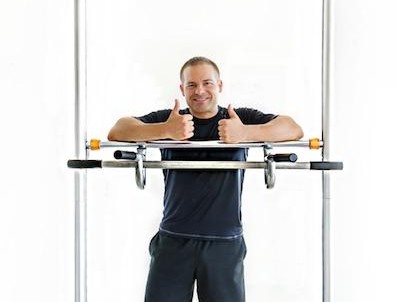
Welcome! Take this opportunity now to SIGN UP FOR MORE!
You can join over 50,000 subscribers worldwide and 1000s of customers who are taking control of their fitness and getting more from their workouts with SoloStrength® training systems!
